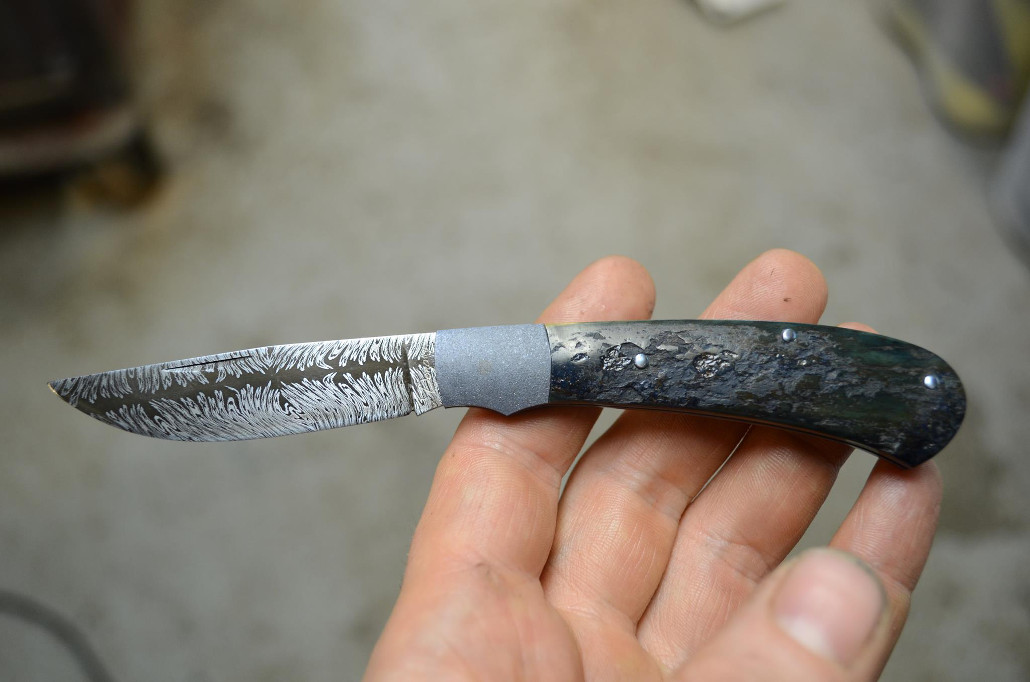oh the above applies to a degree to stainless as well, but is more nuanced, I can usually figure out “approximately” which alloy within a series, by trying to form it with a hammer. For fasteners/machine screws, clamp it in a vise or something and beat on it a bit, gently, see how easily it forms, and how quickly it starts to crack. 308 feels like you’re beating on a rock lol, doesn’t want to move and feels like it’s fighting you, but it’s not the same as hitting hard steel, and shouldn’t do any damage to the hammer face like hard carbon or tool steel would, 416 will move a lot easier, but it will start to splinter at the edges quickly, because of the alloying constituents which cause it to be “free machining”. 410 or 420 on the other hand (both my favorite stainless steels to use for non-hardened parts) are both forming grades and thus move very nicely, and hold up to long forming operations without crumbling or splitting. I joke that I could take a piece of 410 3/32" rod and dome 1/2" pin heads if I wanted to, that’s an exaggeration, but 1/4" is totally viable, it’ll let you peen it all day long with nary any backchat. When peening domed pin/rivet heads, you use hundreds or thousands of small light blows with a relatively pointed peen, so holding up to tons of repeated stress without work hardening is key and that’s all in the alloy and the quality of the steel.
Same as with 6al4v titanium, 416 stainless is IMO way too commonly used as the “go-to” for anything that has even trivial machining ops, because it’s “easy to machine”, but the trade offs in mechanical properties IMO make it a poor choice for anything that doesn’t involve complex multi-axis work, or deep pocketing ops. Here’s a good summary actually from Atlantic Metals about 416 that I think really drives home the compromises:
“Considered the stainless steel king of machinability, 416 stainless steel achieves such outstanding levels because of the extra sulfur found in its properties. The additional sulfur forms manganese sulfide inclusions which have the effect of not only lowering the corrosion resistance, but also 416’s formability and weldability, compared to its non-free machining counterpart 410 stainless steel.”
It also needs to be heat treated (though it’s only marginally hardenable) after all other ops, to bring the corrosion resistance up to any appreciable level, which I think most people forget or never learned to begin with.
It’s taken me 15 years to get most of the pocket knife makers to stop using 416 for everything, just “because it’s easier to machine” when they aren’t really machining anything appreciably. 410 is a much better choice, and honestly it is not difficult to machine.
Haha, looks like you got me ranting, I bet people would hate to be sitting near us in a restaurant!






















